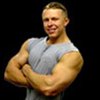The days of curling up on the couch with a nice, warm soup and a cob loaf are all but over. Summer is approaching—and approaching fast! If you are anything like me, the idea of hiding away this summer for fear of a 'less then spectacular' body just isn't an option.
In this article, let me show you how you can go from couch potato to summer sun god in record time ...
Attitude
Let me kid you not. Obtaining the ideal body (even with summer as motivation) is hard work, and anyone who tells you differently is definitely steering you in the wrong direction. But remember the old saying that 'anything in life that's free isn't worth having'.
Just because something takes a little effort - and you might experience a little discomfort—isn't a reason to not attempt it—no way! Remember, success doesn't happen by chance. Connect with your goals (remember the summer sun god image you have in the back of your mind), stick to the plan and take pride in the rewards you are about to experience.
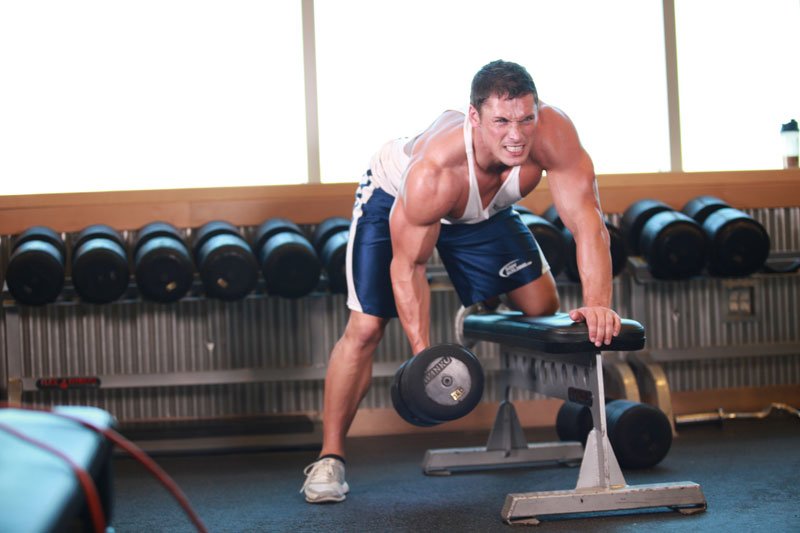
Training
No matter if you are training to add mass or lose body-fat, the basic blueprint remains the same. You need to employ effective weight training strategies targeted towards losing body-fat or gaining muscle mass.
Now there are so many styles of training, some are great, some are OK and some are just down right bad. As a fitness professional and competitive bodybuilder, it is my business to know the good from the bad, and from my experience nothing beats overload training.
So What Exactly Is Overload Training?
Overload training is using a greater overload on a targeted muscle group during a work-out than you have previously used—to literally force the muscle to adapt—to become bigger and stronger. It's this constant increase in stress that produces results quicker then you ever dreamed possible.
I have taken the liberty of creating a great 3-day split work-out, targeting all the major muscle groups of the body, and designed in such a way to visually generate the quickest possible results whilst guaranteeing weekend recovery.
Monday: Chest/Deltoids/Triceps
- Flat Bench Press: 3 sets of 4-6 reps
- Incline Dumbbell Press: 2 sets of 4-6 reps
- Seated Dumbbell Press: 2 sets of 4-6 reps
- Standing Side Lateral Raise: 2 sets of 4-6 reps
- Cable Push-downs: 2 sets of 4-6 reps
Wednesday: Legs
- Squats: 3 sets of 4-6 reps
- Leg Press: 2 sets of 4-6 reps
- Stiff-Legged Deadlifts: 2 sets of 4-6 reps
- Lying Leg Curl: 1 set of 4-6 reps
- Standing Calf Raise: 2 sets of 8-10 reps
Friday: Back/Biceps/Abdominals
- Chin-Ups: 3 sets of 4-6 reps
- Cable Row: 2 sets of 4-6 reps
- Dumbbell Curls: 2 sets of 4-6 reps
- Barbell Curls: 1 set of 4-6 reps
- Lying Leg Raise: 2 sets of 8-10 reps
- Crunch: 2 sets of 8-10 reps
The reason these sessions work so well, is as I said, they are tailored for not only delivering physical, but "visual" results quickly.
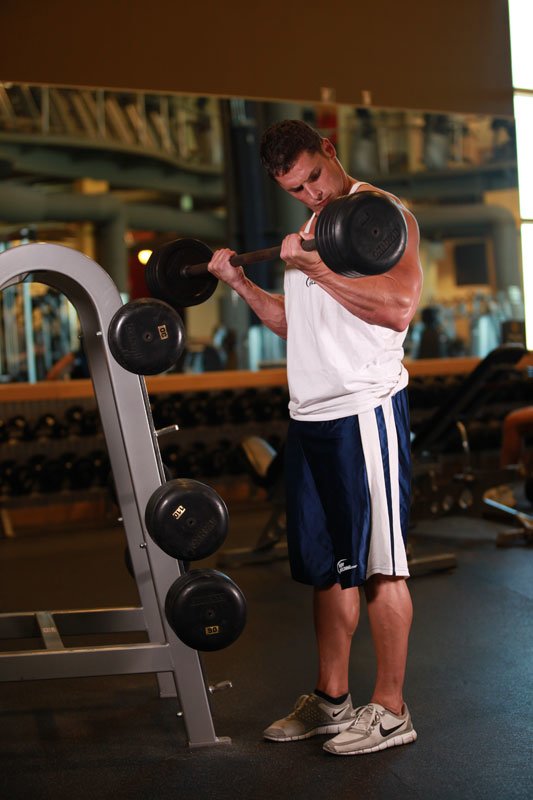
What Do You Mean By "Visual" Results?
Depending on how you split your program and individual training days can have a great impact on your results. Take the above program. It was designed so you train shoulders first on Monday when you are at your freshest.
The reasoning behind this is simple. The wider and more defined your shoulders are, the more of an illusion your physique will create. Wide shoulders make your waistline appear smaller, even if it hasn't changed size. This is just one way to manipulate your look for faster summer results.
Cardiovascular Training
Cardiovascular training has long been seen as the best way to achieve fat loss. Look around any gym for proof on this. As the days get warmer, it seems the treadmills are more and more in demand. While it is a good start, as you know by now it takes more then that.
Traditional cardiovascular training doesn't do an awful lot for fat loss. I know a lot of people will scoff at that statement, but it's just the way it is. Just like with weight training, we need to force the body to adapt and change.
For cardiovascular training, we need to work at an intensity level higher then we did before. You need to view cardiovascular training just the same as hitting the weights - with progressive overload.
It simply boils down to intensity. Hit the cardiovascular training and hit it frequently. The increase in fitness and your body's metabolic rate is what has the greatest impact on those stubborn fat stores.
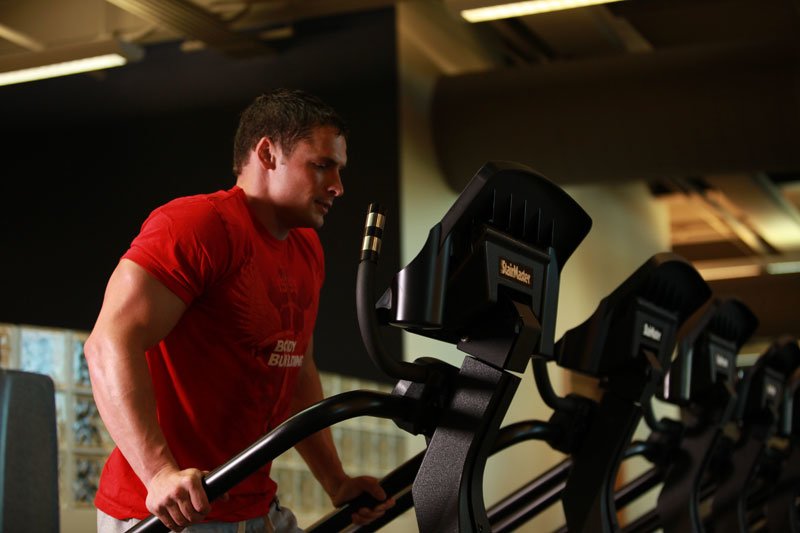
What's The Best Form Of Cardiovascular Exercise?
This is totally dependent on you. It doesn't matter if you do your cardiovascular training in the gym or in the park, just remember to hit it hard. Pick the variety that you give the most effort to and produces the best results for you.
Below are the exercises and machines that I recommend:
- Walking outdoors (hills, sand).
- Treadmills
- Recumbent Bikes
- Elliptical Trainers
- Stair Climbers
Additionally, if you are giving it your all, there is no reason to go for longer then 20 minutes. Once again this goes against typical convention, but remember it's quality over quantity. Get in hard to stimulate the metabolism and then get out of there.
How Often Should I Engage In Cardiovascular Training?
You would probably need to hit the cardiovascular a little more regularly than you do the weight training. Remember that this type of training is different from conventional weight training as you are trying to stimulate an increase in metabolic function.
Doing some type of cardiovascular training daily will not only turn you into a fat-burning machine, but will also increase your general health. Just another benefit of living the sunny, healthy summer lifestyle.
Nutrition
Have you ever heard the saying 'you are what you eat?' Well, I am telling you that if you are truly serious about summer success, then you will need to pay the ultimate price of watching what you eat.
To effectively lose weight, you simply must either:
- Eat less calories then you consume per day
-Or- - Expand more calories then your body requires to perform all of its metabolic functions.
There is simply no other way around it. The way in which you choose is totally up to you, but a combination of an effective nutrition, weight training, cardiovascular and supplementation program work best.
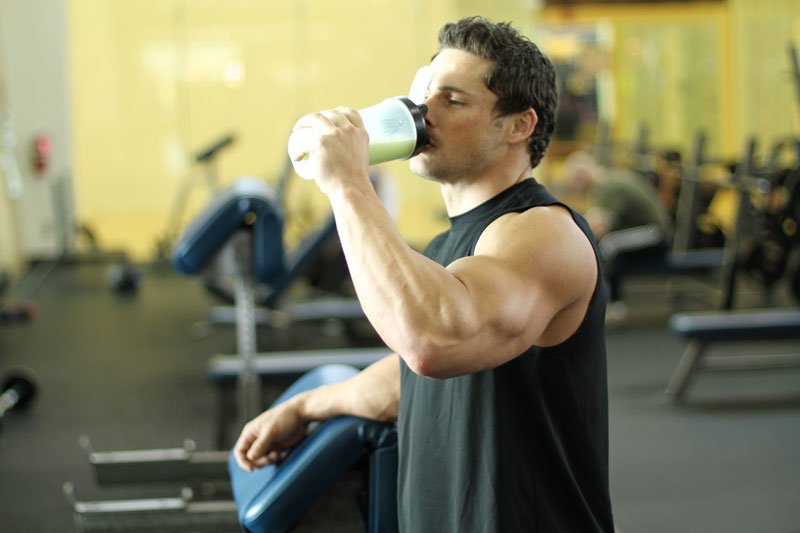
How Do I Eat?
Great question. There is so much confusion out there about what to eat, when to eat and why. People so often over-complicate the issue that this is where the problems lie. If you keep it nice and simple and follow a few basic guidelines, eating toward your goal (summer sun god) is as easy as apple pie!
Macronutrients: Breaking It All Down
Once again people over-complicate this issue, yet it is so simple. There are 3 basic macronutrients that we consume as part of our healthy lifestyle plan: protein, carbohydrates and fats.
Protein
Proteins are the "building blocks" for all living cells in the body. Everything from your hard-earned muscle you train for, to your skin, bones, organs, etc. are all made from protein.
Your protein consumption should be based on comparison with your overall nutrition profile. On average, 53% of your daily calorie intake should come from high quality protein.
You should focus your protein intake on such things as lean beef, chicken, fish, light and/or skim milk, and supplemental protein powders, consisting of both whey proteins and calcium caseinate.
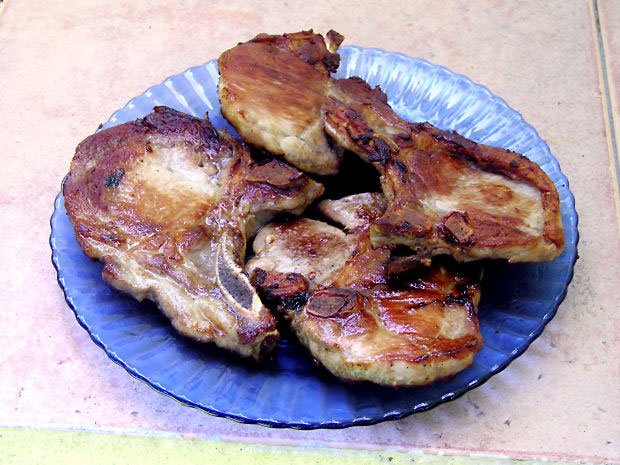
Carbohydrates
Carbohydrates are the 'fuel' that our bodies need to function. Too little carbs and you become slow and sluggish. Too many carbs and you can have a little battle with the bulge.
Typically, carbohydrates should total on average 37% of your daily calorie intake. At this amount, you will obtain enough energy to power you through the day, yet not so much as to cause increases in fat.
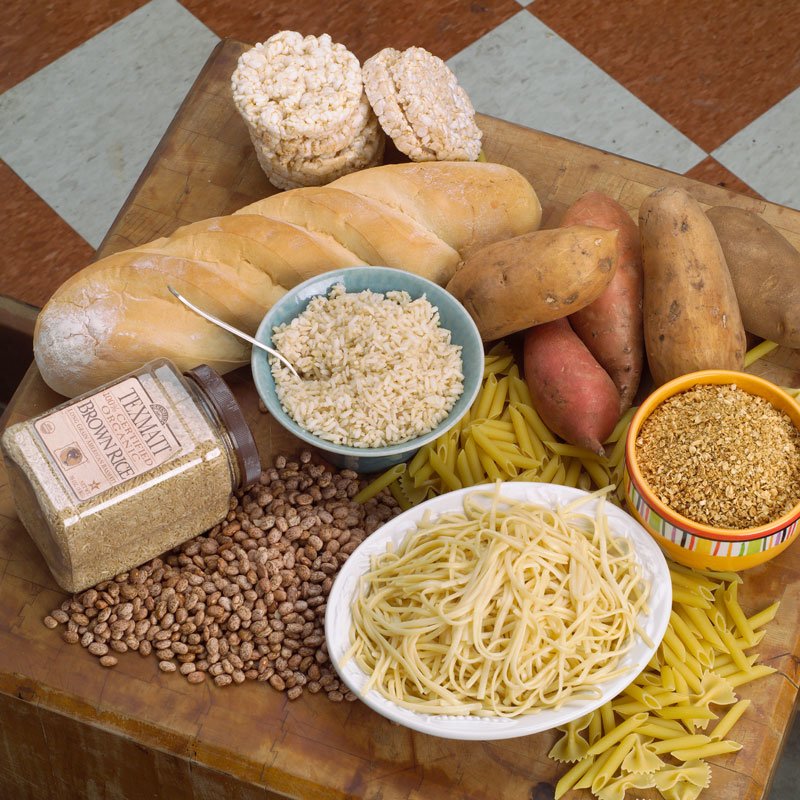
Fats
By understanding that not all fat is bad, you can greatly enhance not only your results in the gym, but also your quality of life. As most people know, you want to avoid all saturated fats and eliminate them from your diet. These have no nutritional benefit for you at all, and in fact, can and will have adverse effects on your health.
It is a mistake to avoid all fats though. Most people know of the Omega 3's which are mostly found in fish such as salmon, however there are other great sources of essential fats as well.
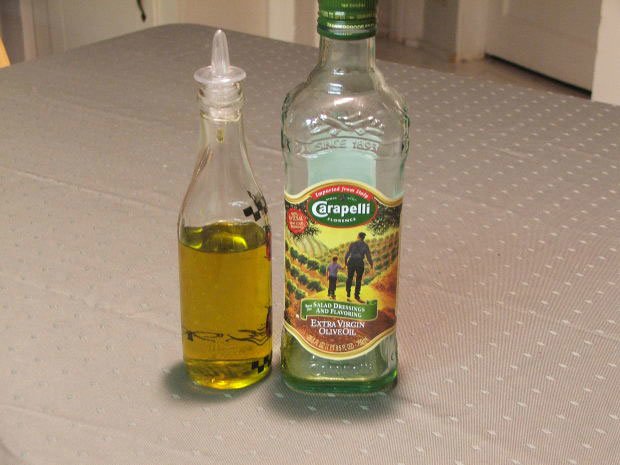
Sample Nutrition Plan
Below is a sample dietary menu, tailored for someone doing a morning work-out and an evening cardiovascular session.
Meal 1: 6:00 AM
- Cereal
- Skim milk
- 1 serving Protein powder
Meal 2: 7:30 AM (Post-workout)
- Fast-acting protein powder
- Simple carbohydrate
Meal 3: 8:30 AM
- Lean protein
- Rice or Pasta
Meal 4: 10:30 AM
Meal 5: 12:30 PM
- Lean protein
- Salad
- Vegetables
Meal 6: 3 PM
Meal 7: 5:30 PM (Post-cardio)
- Fast-acting protein powder
- Simple carbohydrate
Meal 8: 6:30 PM
- Lean protein
- Salad
- Vegetables
Meal 9: 10 PM
- Protein powder
- Milk
Supplementation
No doubt about it, sports supplementation has improved incredibly over the last few years. Today's shelves are all stocked with some pretty weird and wacky products, all making miraculous claims. But as I discussed above about nutrition, sometimes it's best to keep things simple.
Whether its building maximum muscle, cutting up for competition or chasing the ideal summer body, these products are always a necessity:
- Good quality whey protein.
- Micronized creatine monohydrate.
- L-Glutamine.
- Multivitamin.
When fat loss is the number one objective, I will also include a quality thermogenic/fat burner into the mix.
The supplement industry is pretty cutthroat at best. My main advice on purchasing supplements would be to stick to a reputable brand, and always try and buy quality. The companies that have been around for a while are usually a good indication of quality.
If they didn't live up to the claims, people would not longer buy their product and they would disappear as quick as your waste-line is.
Below is a same sample dietary menu, tailored for someone doing a morning work-out and an evening cardio-vascular session, but with the inclusion of sports supplements.
Sample Nutrition/Supplementation Plan
Meal 1: 6 AM
- Cereal
- Skim milk
- 1 serving protein powder
- Multivitamin
- 5g Micronized Creatine
- Thermogenic Fat Burner
Meal 2: 7:30 AM (Post-workout)
- Fast-acting protein powder
- Simple carbohydrate
- Multivitamin
- 5g Micronized Creatine
- 10g L-Glutamine
Meal 3: 8:30 AM
- Lean protein
- Rice or Pasta
Meal 4: 10:30 AM
11:00 AM
Meal 5: 12:30 PM
- Lean protein
- Salad
- Vegetables
Meal 6: 3 PM
- Meal Replacement Shake
4:00 PM
- Thermogenic Fat Burner
Meal 7: 5:30 PM (Post-cardio)
- Fast-acting protein powder
- Simple carbohydrates
- Multivitamin
- 5g Micronized Creatine
- 10g L-Glutamine
Meal 8: 6:30 PM
- Lean protein
- Salad
- Vegetables
Meal 9: 10 PM
- Protein powder
- Milk
10:30 PM
- Multivitamin
- 10g L-Glutamine
Conclusion
There you have it. A quick, simple plan to rid yourself of your 'winter comfort,' and reveal a taught, muscular physique—just in time for summer!
